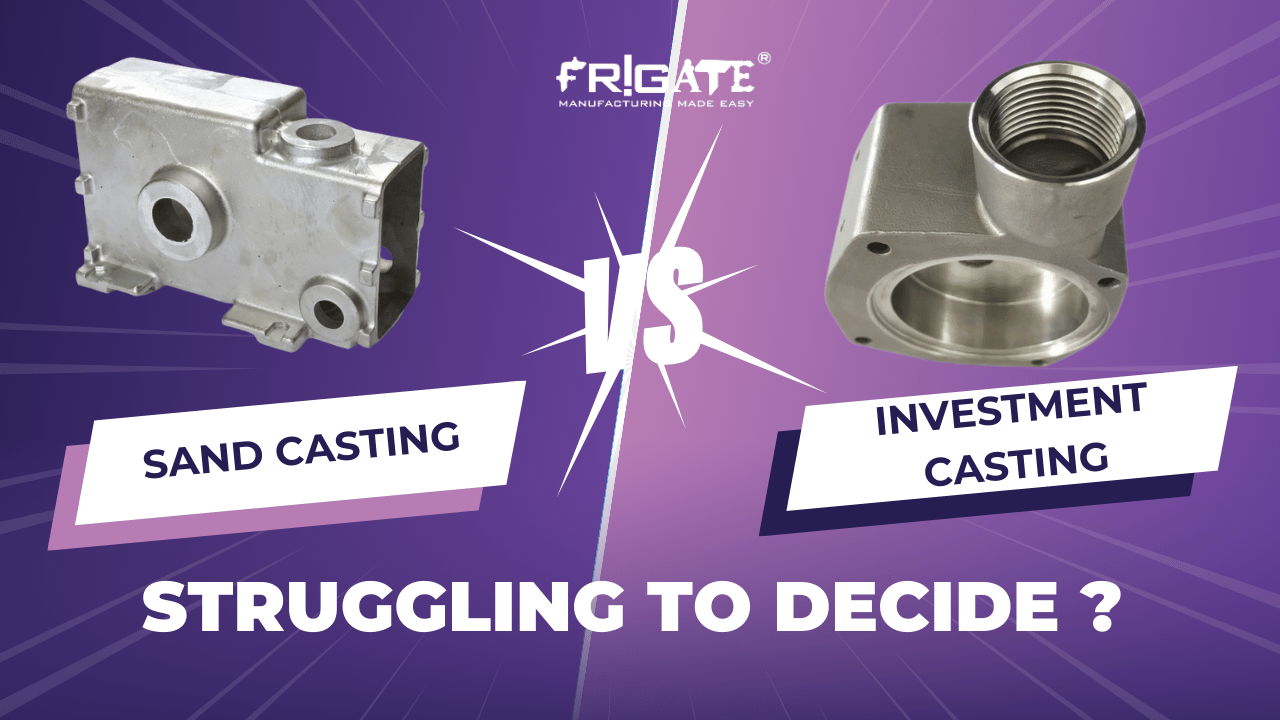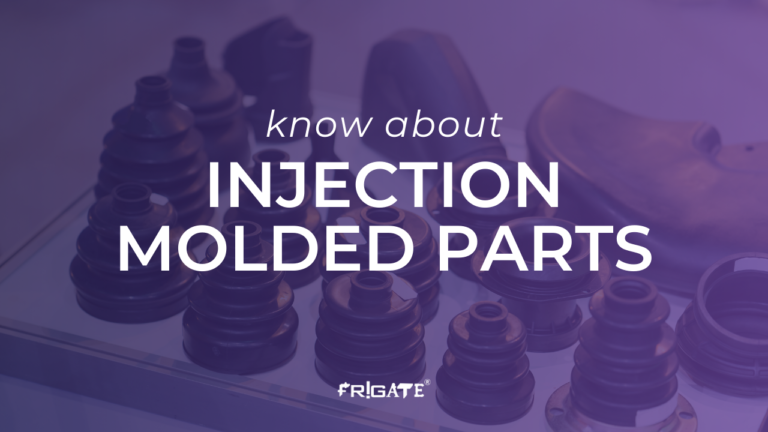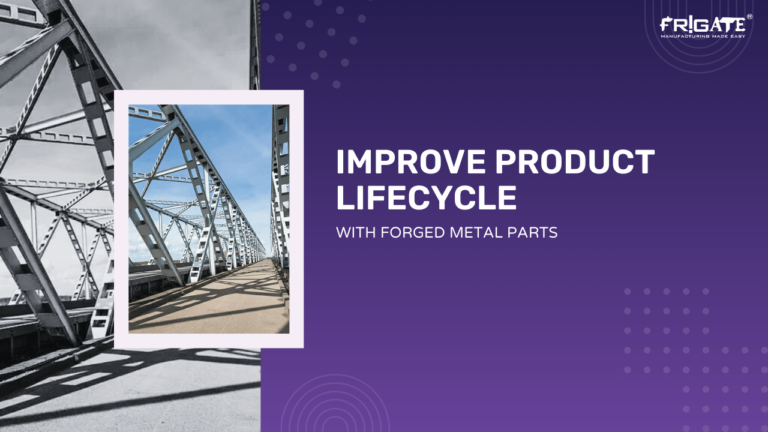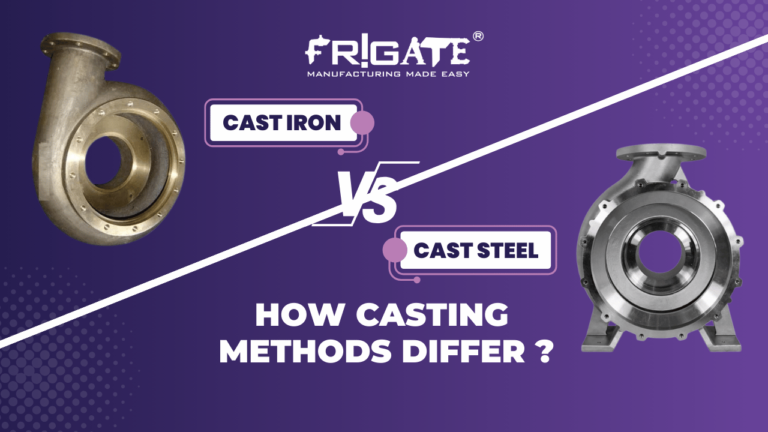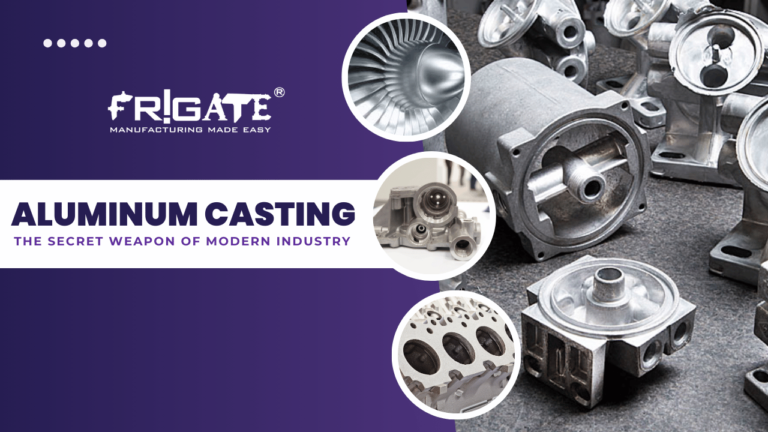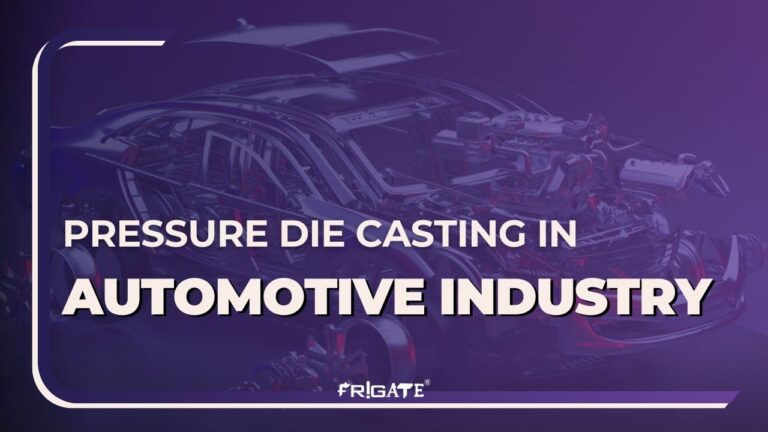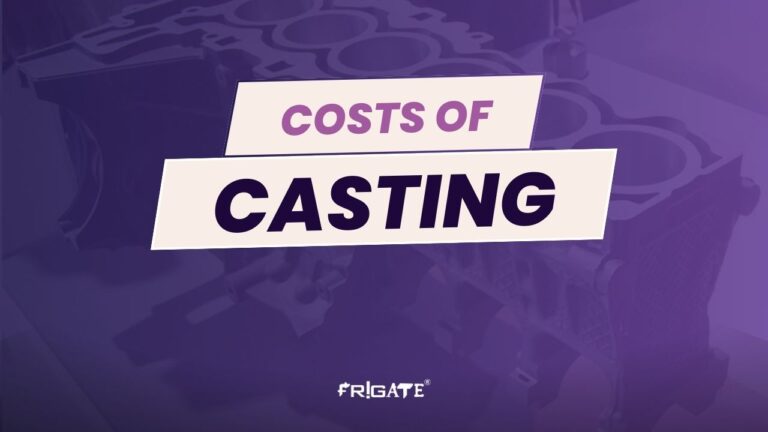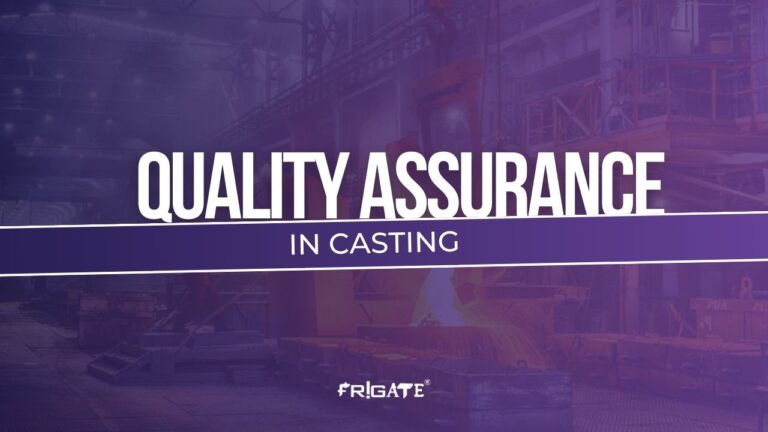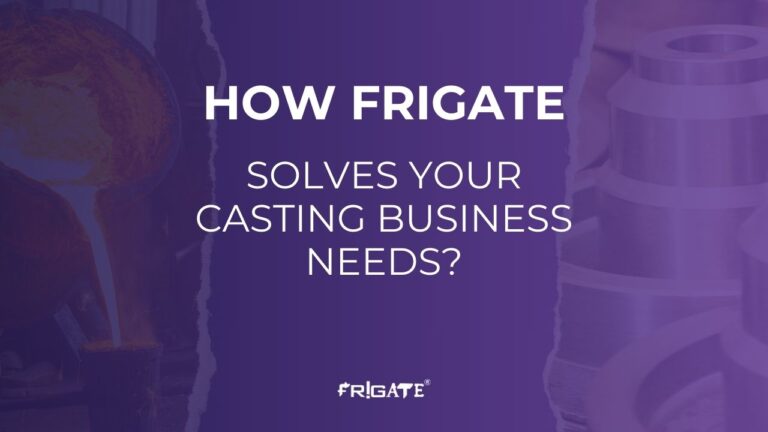The world of manufacturing is full of fascinating processes and casting is no exception. Casting methods allow us to shape molten metal into a desired form. It helps us create countless parts and components that we use every day. But with so many casting methods available, choosing the right one for your project can be a challenge. Today, we’ll be discussing the two casting methods – sand casting vs. investment casting. We’ll break down the key differences between these two popular methods to help you determine the Right method for your next project.
Sand Casting – The Supreme Casting
Sand casting is a traditional and well-established casting method that has been around for a while. It’s a relatively straightforward process that involves creating mold from sand. Packing it around a pattern (replica of the desired part) and pouring molten metal into the cavity. Finally allowing it to solidify. Once the metal cools, the mold is broken away to reveal the cast part.
- Versatility – Sand casting is incredibly versatile and can be used to create a wide range of parts in various sizes and complexities. This makes it a great option for one-off projects, prototypes, or low-volume production runs.
- Material Selection – Sand casting can accommodate a wide variety of molten metals, including iron, steel, aluminum, and even some exotic alloys.
- Relatively Low Initial Cost – Compared to other casting methods, sand casting requires minimal upfront investment in tooling. This makes it an attractive option for projects with tight budgets.
- Prototyping – Sand casting allows for a fair degree of design freedom. Simple or intricate shapes can be achieved by modifying the pattern. This makes it Ideal for prototyping.
Challenges of Sand Casting
- Dimensional Accuracy – Sand molds are not known for their tight tolerances. Cast parts may require additional machining or finishing to achieve precise dimensions.
- Surface Finish – The surface finish of sand castings can be rough and uneven, often requiring additional post-processing steps.
- Mold Strength – Sand molds are not very strong and can be susceptible to damage during the pouring process. This can lead to casting defects.
- Tooling Time – Creating molds for sand casting can be time-consuming, especially for intricate designs, leading to longer lead times.
Investment Casting – The Precision Contender
Investment casting is also known as lost-wax casting. It is a more precise casting method that offers superior dimensional accuracy and surface finish. The process involves creating a wax pattern for the desired part. This pattern is then coated with a ceramic shell, and the wax is melted. This leaves a negative cavity. Molten metal is then poured into the ceramic Shell. The metal solidifies, and the shell is broken to reveal the final cast part.

Strength of Investment Casting
- Dimensional Accuracy – Investment casting produces parts with excellent dimensional accuracy, often eliminating the need for additional machining. This makes it ideal for parts requiring tight tolerance.
- Superior Surface Finish – Investment castings boast a smooth, high-quality surface finish, reducing the need for extensive post-processing.
- Complexities – Investment casting excels at producing intricate and detailed parts due to the precision of the wax pattern.
- Wide Material Selection – Like sand casting, investment casting can accommodate a variety of castable metals.
Challenges of Investment Casting
- High Cost – Investment casting is a more complex and time-consuming process compared to sand casting. This translates to higher tooling and production costs, making it less suitable for low-volume projects.
- Production Run – Investment casting is best suited for medium to high-volume production runs where the initial investment in tooling can be justified by the cost savings of producing large quantities of parts.
- Part Size Limitations – Due to the challenges of creating large and complex wax patterns, investment casting is typically limited to smaller parts.
Choosing the Right Method
When deciding between sand casting and investment casting for your project, several factors must be considered, including:
- Budget – Evaluate the cost implications of each method, considering both upfront expenses and long-term production costs.
- Part Complexity – Determine the level of complexity required for your parts and whether one method offers better feasibility than the other.
- Surface Finish – Consider the desired surface finish of your parts and whether the capabilities of each casting method align with your requirements.
- Production Volume – Assess the volume of parts needed and whether the scalability of each casting method meets your production demands.
- Lead Time – Factor in the time constraints of your project. So, choose a casting method that aligns with your timeline.
Optimizing Your Casting Process
Sometimes, the best solution isn’t a clear-cut choice between sand casting and investment casting. In certain scenarios, it might be beneficial to leverage the strengths of both methods. For example, you could create a prototype using sand casting to validate your design and switch to investment casting for high-volume production runs. Additionally, advancements in 3D printing technology have opened doors for creating complex wax patterns for investment casting, further blurring the lines between these two methods.
Ultimately, the key to choosing the right casting method is to carefully consider your project’s needs. By understanding the strengths and limitations of sand casting and investment casting, you can make an informed decision that ensures the success of your project.
So, which casting method wins? It’s a draw!
Sand casting and investment casting are valuable tools, each with its own strengths. Choosing the right one depends on your project. Sand casting is a great choice for quick prototypes or simple designs, while investment casting shines for complex parts with tight tolerances.
Need Help Choosing Your Casting Champion?
If you find yourself navigating the casting clash and seeking expert guidance, look no further than Frigate. With a wealth of experience and a commitment to excellence, Frigate offers tailored casting solutions to meet your unique needs. Whether you’re prototyping a new design or scaling up production, Frigate is your trusted partner in the journey of manufacturing success. Contact us today to explore how we can elevate your casting process to new heights.



